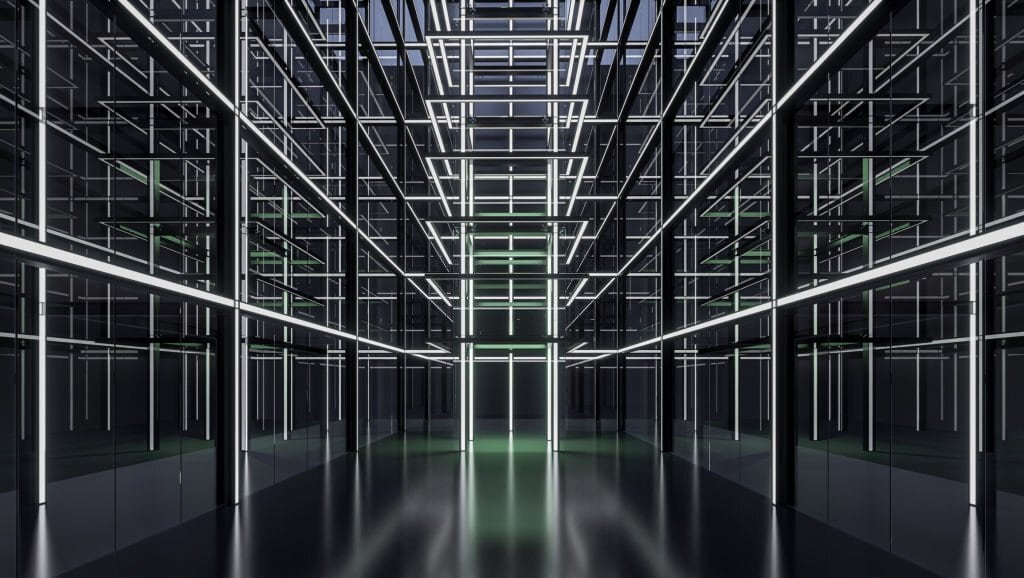Steel angle is a frequently used structural element in the construction sector. It is versatile and ideal for many different applications. Steel angle is durable and sturdy, so it is used in various building projects. In this article, we will learn more about the steel angle and draw attention to the advantages of this structural element.
What is Steel Angle?
Steel angle is an L-shaped profile made of steel plates . The two arms of the profile join at a right angle. The dimensions of the angles may vary according to their application and purpose of use. It is often used in the construction industry, but can also be used in machine manufacturing and industrial applications.
Where is Steel Angle Used?
Steel angle can be used in many different building projects. Below are some of the common uses of steel angle:
- Formation of steel structures
- Reinforcement of roof beams and columns
- Supporting high-rise buildings
- Supporting cranes and other heavy machinery
- Industrial storage racks and shelving systems
- Construction of bridges
- Construction of wind turbines and other renewable energy facilities
What are the Advantages of Steel Angle?
Steel angle has many advantages. Below are some advantages of steel angle:
- Durability: Steel angle is a durable and sturdy building element. Steel has higher strength than other building materials and can last for a long time.
- Flexibility: Steel angle is available in different sizes and shapes. Therefore, it can be adapted for many different applications.
- Ease of Installation: Steel angle has an easy structure and is lightweight. Therefore, it is easy to install and reduces labor costs.
- Fire Resistance: Steel angle is fire resistant. It can withstand higher temperatures than other building materials.
- Environmentally Friendly: Steel angle is a recyclable material. Therefore, it is an environmentally friendly building element.
How to Use Steel Angle?
Steel angle is available in different sizes and shapes. Therefore, it can be used in different ways according to its intended use. Below are some uses of steel angle:
- Formation of steel structures: Steel angle is one of the main components of steel structures. Steel frames consist of steel angles used to reinforce structures.
- Reinforcement of roof beams and columns: Steel angle is used for reinforcement of roof beams and columns. This makes buildings more robust and durable.
- Supporting high-rise buildings: Steel angle can be used to support high-rise buildings. This provides greater durability depending on the height of the building.
- Supporting cranes and other heavy machinery: Steel angle is used for supporting cranes and other heavy machinery. This ensures that the machines operate safely.
- Industrial storage racks and shelving systems: Steel angles are used in the construction of industrial storage racks and shelving systems. This makes storage spaces more robust and durable.
- Construction of bridges: Steel angle is used in the construction of bridges. This makes bridges more durable and robust.
- Construction of wind turbines and other renewable energy facilities: It is used in the construction of steel angles, wind turbines and other renewable energy facilities. This makes facilities more robust and durable.

Frequently Asked Questions About Steel Angle
Steel angles are more durable than other building materials. It is a fire-resistant and environmentally friendly material.
Steel angle is used in many areas such as the construction of steel structures, the reinforcement of roof beams and columns, the support of high-rise buildings, the support of cranes and other heavy machinery, industrial storage racks and racking systems, the construction of bridges, the construction of wind turbines and other renewable energy facilities.
Yes, steel angle is easy to install. Since it has a light structure, it reduces labor costs.
Yes, steel angle is a recyclable material. Therefore, it is an environmentally friendly building element.
Steel angle prices vary according to their size, thickness and material quality. However, it is more affordable than other building materials.
